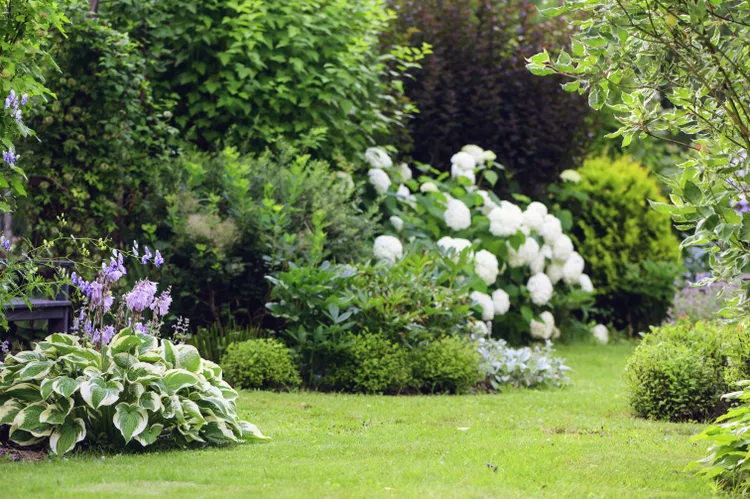Hydrangeas are beloved for their abundant blooms, diverse species, and varying colors and sizes, offering endless possibilities for enhancing your yard or balcony. To ensure you choose the right hydrangea variety that thrives in your specific light, soil, and climate conditions, Linda Vater, a plant expert from Southern Living® Plant Collection, advises researching your yard’s unique characteristics.
Once you’ve selected your hydrangea, the next step is to consider companion planting carefully. Certain plants can complement hydrangeas beautifully, while others may pose challenges due to conflicting soil preferences, light requirements, or competitive root systems. Here’s what you need to know to make informed choices:
Avoid These Companion Plants with Hydrangeas:
1. Plants with Conflicting Soil Preferences: Hydrangeas prefer moist, well-draining soil with a slightly acidic pH. Avoid planting alongside species that require dry or alkaline soil conditions, as this can hinder hydrangea growth.
- Plants Needing More Sunlight: Hydrangeas thrive in partial shade to filtered sunlight. Planting species that require full sunlight nearby can lead to reduced flowering and uneven growth patterns.
- Beware of Invasive or Competitive Plants: Some plants, like black walnut trees, release chemicals that inhibit the growth of nearby plants, including hydrangeas. Avoid planting hydrangeas near such trees, shrubs, or vines to prevent growth inhibition.
For a successful garden bed with hydrangeas, choose companion plants that share similar environmental preferences and avoid those that could potentially compete for resources or produce chemicals detrimental to hydrangea health. By understanding these principles, you can create a harmonious planting environment that enhances the beauty and health of your hydrangeas.
